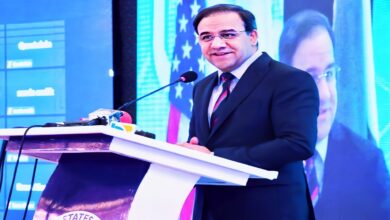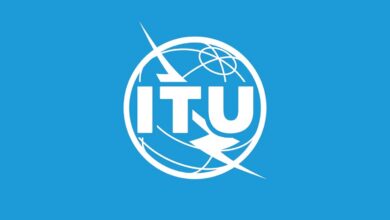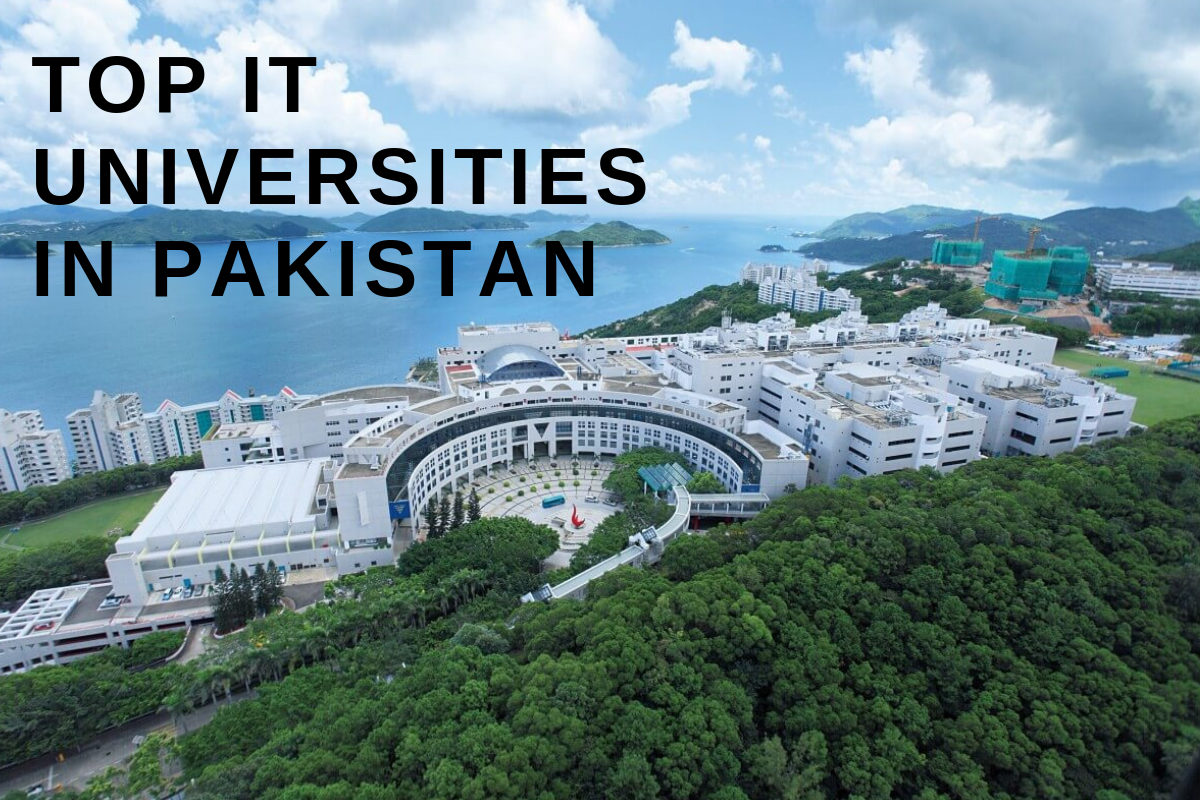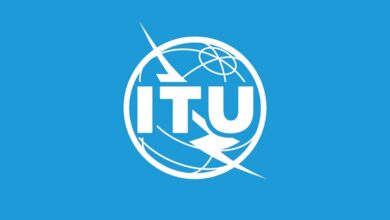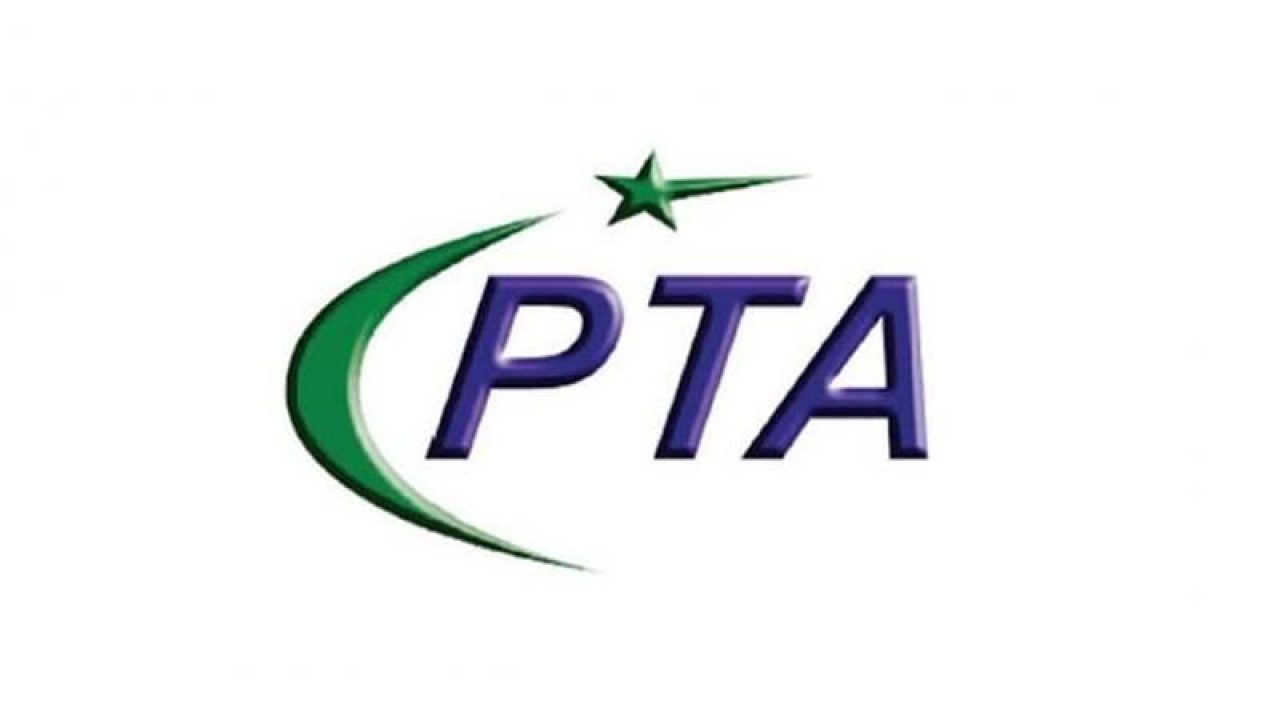Why Pakistan Still Stands Among The Least Connected Countries?

Why Pakistan Still Stands Among The Least Connected Countries?
With almost half the world’s population now online, this global village has now become a nation of fast adopters, where the digital interactions aren’t just about jumping on the latest platform or buying the latest technology, but it is about being connected!
The Internet broadband has exerted the level of impact that no business, industry, or government can ignore its use. And just like any other technological phenomenon, with its scale and speed, it brings myriad opportunities, which consumers have been quick and enthusiastic to grasp.
Looking at the six world regions, Pakistan lies in the region, which has the strongest mobile-cellular growth and the lowest penetration rates.
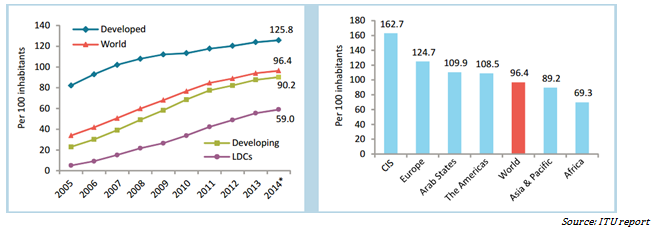
Pakistan stands in the ‘Asia & Pacific’ region, where the mobile-cellular population coverage has reached 91%. This indicates that almost every person on this region lives within reach of a mobile-cellular signal and, at least theoretically, has access to mobile communication services.
[blockquote cite=”(ITU report)”] The use of information and communication technology (ICT) showed a positive growth trend, however, Pakistan still stands among the ‘Least Connected Countries’ (LCCs) and ranks 142 on the global ICT index of 166 economies.[/blockquote]
The latest edition of the ITU report certainly don’t paint a good picture for the country, despite having a large subscriber base, the picture is quiet bleaker for Pakistan, standing at the position of 142 as we are trailing our global peers.
[info]Fixed Broadband Subscription by Level of Development 2005 – 2014[/info]
In developing countries, fixed-broadband penetration growth rates have dropped from 18% in 2011 to 6% in 2014, reaching an overall (low) penetration rate of 6% by end 2014, and less than 1% in LDCs.
The Arab States region stands out with a low fixed-broadband penetration of 3.1% by end 2014, the second lowest among all regions and considerably below the global average of almost 10%.
[info]Mobile Broadband Subscription by Level of Development 2005 – 2014[/info]
Mobile broadband remains the fastest growing market segment, with continuous double-digit growth rates in 2014 and an estimated global penetration of 32%. When we talk about our country, many international surveys estimated that over 80% of Pakistan’s population is still offline. We had 3.6 million broadband subscriptions as of April 2014, which makes it roughly 12% of the population.
Pakistan has been losing its position on the index of the connected nations for the past five years, which is very disappointing; one of the reasons behind this poor ranking is the late arrival of 3G/4G technology in the country.
The country’s low growth rate is because the access to ICT remains largely out of reach, particularly for the large rural populations, which is approximately 60%. Our government needs to implement rural projects on a fast-track basis and the mobile infrastructure should be developed to safeguard connectivity.
[blockquote cite=”Source”] USF – an independent government body meant to promote development of ICT infrastructure, should have Rs65 – Rs70 billion in its kitty and this amount is far more than enough to cover the cost of this fibre optic network in un-served and underserved areas of Pakistan.[/blockquote]
The demand of the time is that the government should get involved in building infrastructure. The projects like online banking, mobile money, e-government are already initiated to improve efficiency, connectivity, speed and access, but the problem in our country is that the speed and importance of these developments are often overlooked.
Government of Pakistan should play a critical role in making new policy and investment, and creating a national culture of innovation. We should take the examples from cities like New York, Paris, Hong Kong, and Macau, cities that offer its citizens and visitors with free public Wi-Fi access. Worldwide it a common practice to offer free internet at airports, parks, libraries, public buildings, ferry terminals and more) to ensure connectivity.
The growth in broadband subscriptions is accompanied by continuous growth in national backbone capacities and international Internet bandwidth. The scale and pace of the internet connectivity is still accelerating, it is contributing up to 8 percent of GDP in some economies, powering growth, and creating jobs.
It should be noted that the data for this report was collected before the deployment of 3G/4G technology, which has shown the evolution of investment in telecommunications. Plus, the continuous growth in the number of broadband subscribers is the proof that the telecommunication service providers and the government are working for the development of ICT.
Hence, it is expected that there would be a significant change in next year’s report.
PTA Taxes Portal
Find PTA Taxes on All Phones on a Single Page using the PhoneWorld PTA Taxes Portal
Explore NowFollow us on Google News!